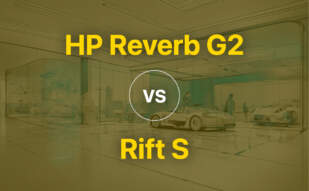Valve Index, with unparalleled motion control and comfort tailored to long play times, should be the pick for devoted VR enthusiasts. Newcomers or cost-concerned users will find HP Reverb G2, offering compelling resolution and inside-out tracking, a competitive choice delivering a satisfying VR experience.
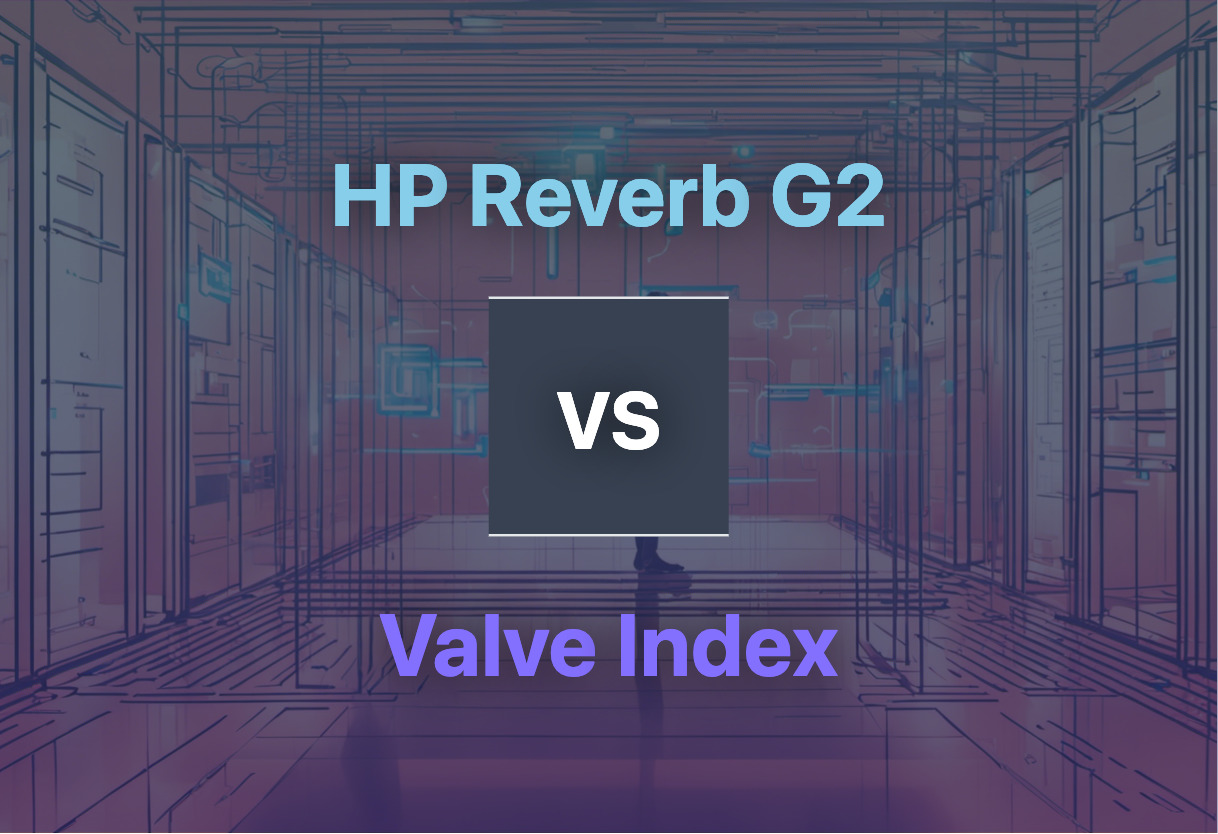
Key Differences Between HP Reverb G2 and Valve Index
- Price: HP Reverb G2’s well-featured package comes at $599, less than Valve Index’s full kit, priced at $999.
- Resolution: HP Reverb G2 offers an outstanding 2,160 by 2,160 pixels-per-eye resolution, outshining the Valve Index.
- Refresh Rate: Valve Index exceeds with a maximum refresh rate of 144Hz, surpassing HP Reverb G2’s 90Hz.
- Tracking: Valve Index uses external sensors, providing exquisite motion tracking. Conversely, the HP Reverb G2 opts for inside-out camera-based tracking.
- Sound and Comfort: Valve Index boasts innovative off-ear audio, allowing custom adjustments for user comfort, unlike HP Reverb G2.
- Controllers: Valve Index pushes boundaries with controllers featuring 87 sensors for hand and finger positioning, surpassing HP Reverb G2’s controllers.
| Comparison | HP Reverb G2 | Valve Index |
|---|---|---|
| Price | $599 | $799-$999 |
| Operating Systems | Windows 10 and later | Windows, Linux |
| Resolution Per Eye | 2160×2160 pixels | 1440×1600 pixels |
| Refresh Rate | 90Hz | 80/90/120/144Hz |
| Setup | Camera-based, No external sensors | Requires external sensors |
| Connection | DisplayPort and USB-C | USB 3.0, DisplayPort 1.2, 12V power |
| Physical Space | Less: No need for external sensors | More: Requires room-scale sensor setup |
| Platforms | Windows Mixed Reality, SteamVR | Steam |
| Imagery and Motion Tracking | Sharp, occasional hiccups | Clear, precise with sensors |
| Performance Dependency | Dependent on PC power | Dependent on PC power |
| Physical Comfort | Memory foam mask, Glasses-friendly | Customizable optics, Antimicrobial fabric on contact surfaces |
What Is HP Reverb G2 and Who’s It For?
The HP Reverb G2 is an upgraded consumer virtual reality headset, focused primarily on professional use, though suitable for consumers as well. It displays an impressive 2,160×2,160 pixels per eye, boasting higher resolution than its rivals, the Valve Index and Oculus Quest 2. With dynamic compatibility with platforms such as Windows Mixed Reality and SteamVR, it appeals to a broad user base.
Designed for comfort and immersion, the HP Reverb G2 incites both passionate VR professionals and enthusiasts. It’s an alluring choice for those seeking sharp imagery without compromising on the price, providing performance influenced potently by the connected PC’s power.

Pros of HP Reverb G2
- Outperforms rivals in resolution.
- Comfortable memory foam-covered facemask.
- Compatibility with SteamVR and Windows Mixed Reality platforms.
- Priced competitively against high-end VR headsets.
Cons of HP Reverb G2
- Lower refresh rate than HTC Vive Pro 2 and Valve Index.
- No wireless charging; depends on wired fast charging.
- Consistently requires Windows 10 May 2019 update or later.
- Occasional tracking hiccups noticed due to camera setup.
What Is Valve Index and Who’s It For?
Valve Index is a pioneering second-generation VR headset manufactured by the esteemed Valve. Launched in June 2019, this high-spec device has captivated tens of thousands with its highly engaging visual experience, enhanced by dual 1440×1600 RGB LCDs. It’s celebrated for offering optical comfort during prolonged play sessions, with frame rates soaring up to 144Hz.
Suitable for users advocating stellar performance and immersive gaming experiences, the device requires Windows or Linux operating systems. With its versatile compatibility, including Steam, the Valve Index is built for tech-enthusiasts who enjoy flexibility in their VR adventures.

Pros of Valve Index
- Exceptional FOV enhancement, offering 20 degrees more than HTC Vive.
- Innovation-driven off-ear audio solution for increased comfort.
- 87 sensor-equipped controllers for precise hand and finger positions.
- Diverse range of frame rates for extended play sessions.
Cons of Valve Index
- High price point as compared to competitors.
- Absence of eye tracking and tactile feedback.
- Room-scale sensor setup can be frustrating.
- Significant disparity between supply and demand on the release date.
HP Reverb G2 or Valve Index: A Decisive Verdict
After delving into HP Reverb G2 and Valve Index, it boils down to your specific requirements. Let’s break this down.
PROFESSIONAL VR DEVELOPERS
For professional VR developers, the HP Reverb G2 wins because of its superior resolution of 2,160 by 2,160 pixels per eye, improved comfort, and camera-based motion tracking. However, be cautious of occasional hiccups in tracking.
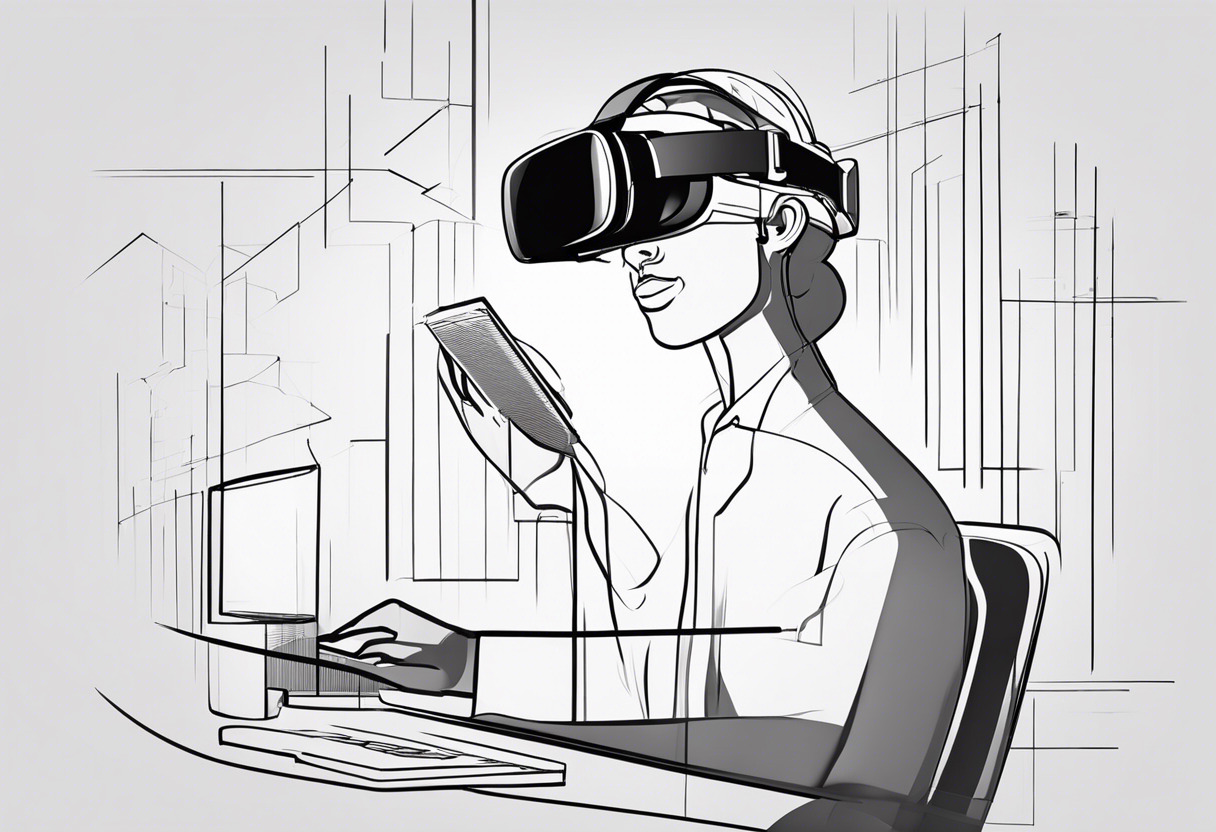
HARD-CORE GAMERS
For immersive gaming experiences, Valve Index steals the show with the highest refresh rate (up to 144Hz), adjustable optics, and its unique off-ear audio solution for superior comfort and sound.
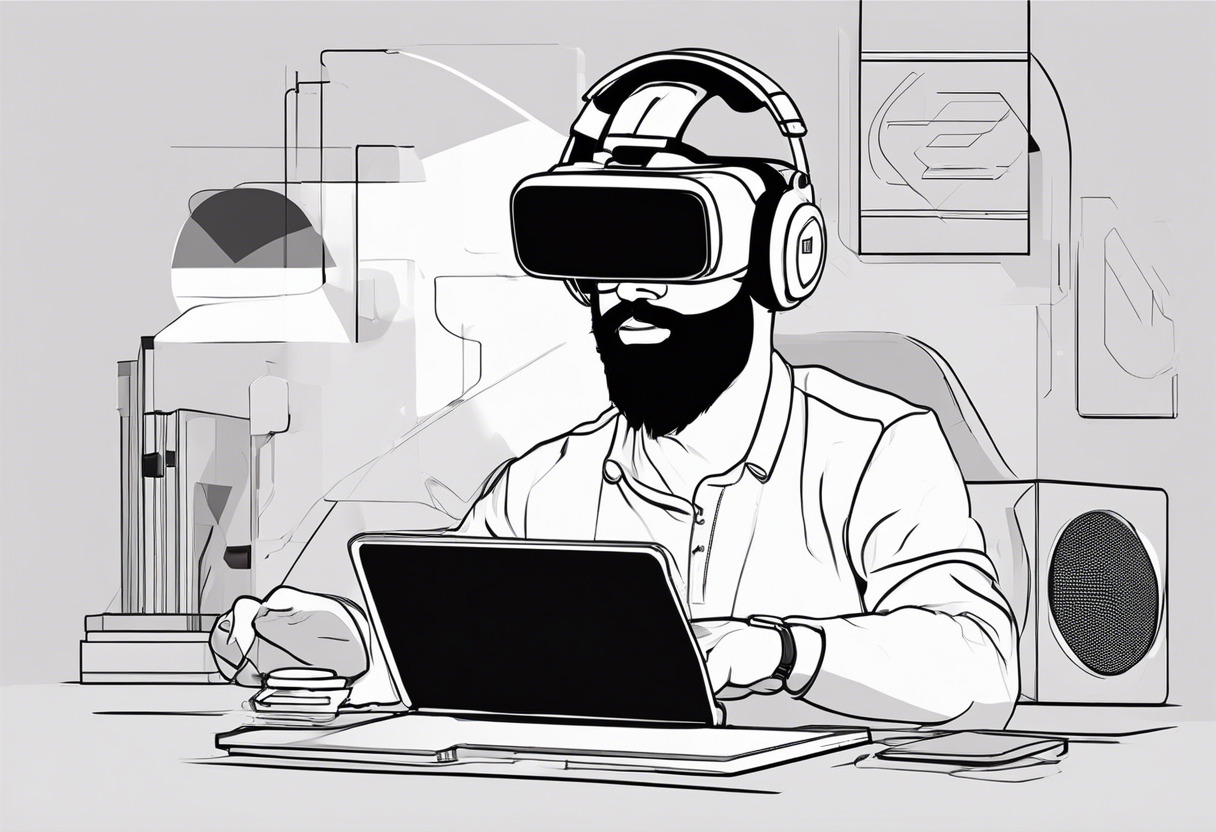
BUDGET-CONSCIOUS CONSUMERS
On a budget? In dollar-to-performance ratio, the HP Reverb G2 stands out. It’s competitively priced at $599 and offers powerful performance, albeit sans the advanced motion-tracking of Valve Index.

WINDOWS-CENTRIC USERS
If you’re bound to Windows OS, lean towards HP Reverb G2. It runs on Windows 10 May 2019 and later updates, offering seamless integration with SteamVR and Windows Mixed Reality.
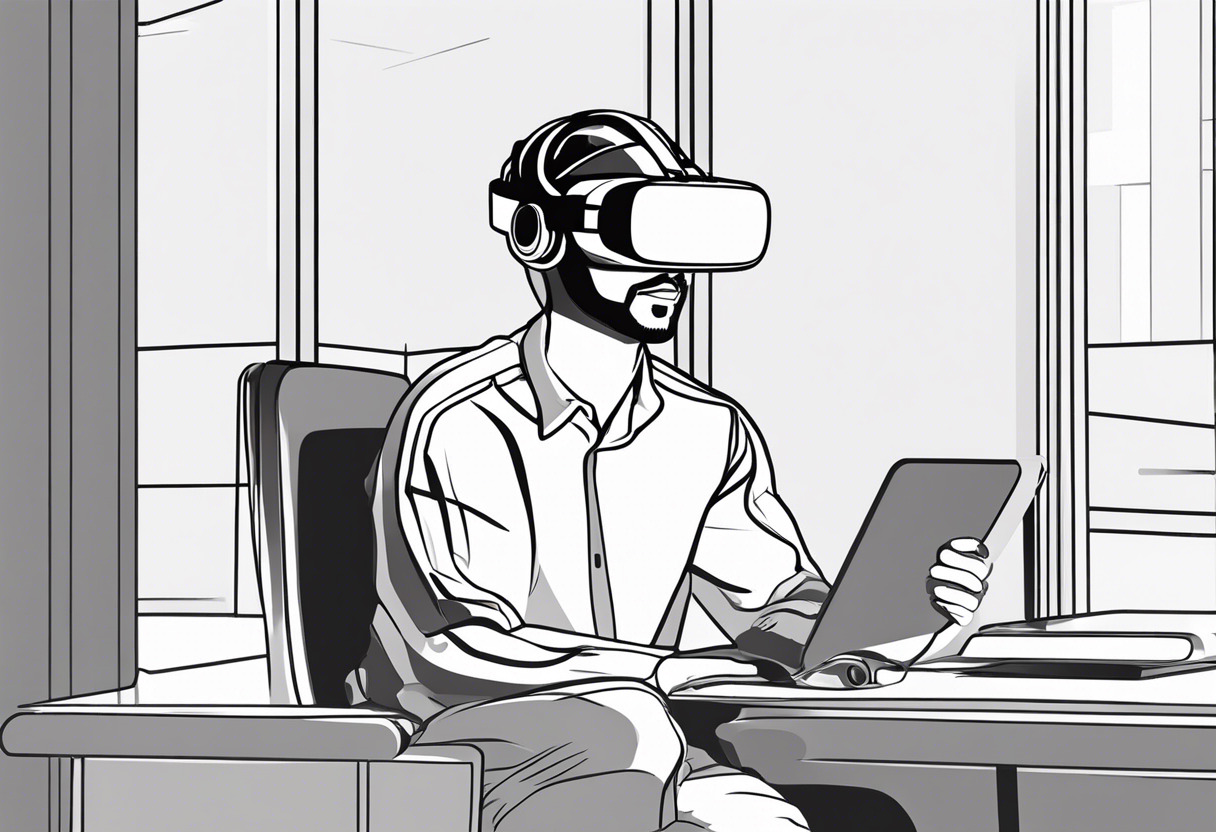
For professionals demanding high-resolution VR, choose HP Reverb G2. Conversely, Valve Index provides immersive gaming experiences with superior refresh rate and audio. Strapped for cash? Opt for HP Reverb – affordable yet powerful. Windows OS users should also favor the HP Reverb G2 for best results.
Tiffany Brise
Content writer @ Aircada, patiently awaiting a consumer AR headset that doesn’t suck.



